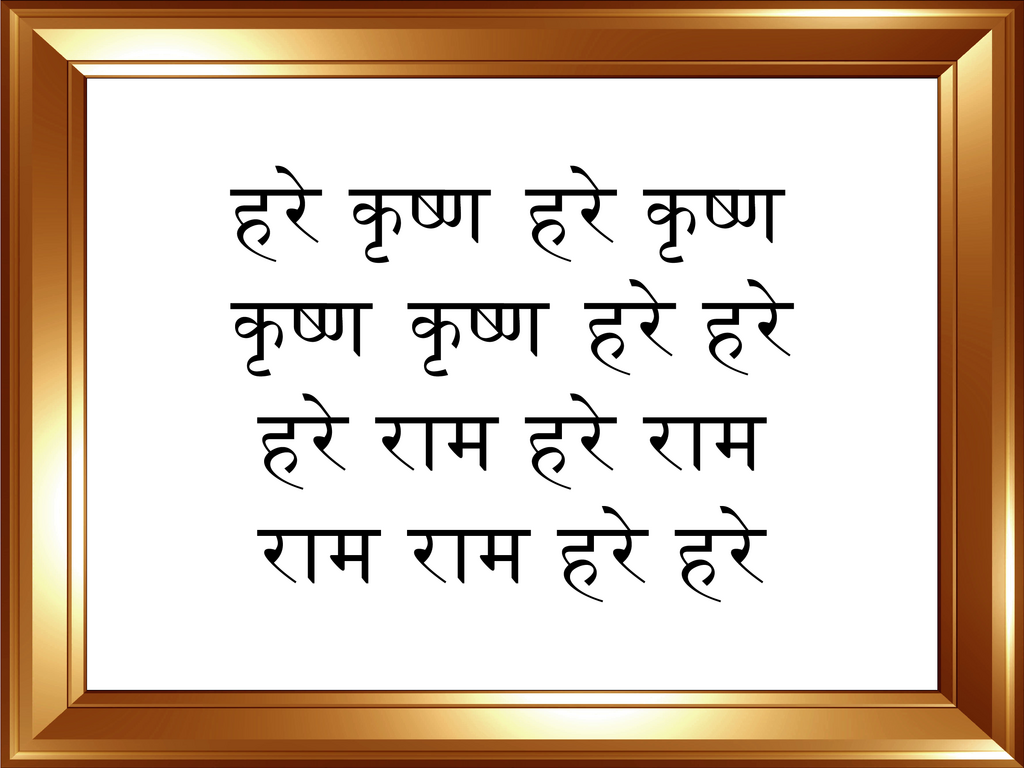In the very first post of this blog (and in my about page) I mention that the whole point of this blog is to talk about different ways to deal with stress and anxiety, and finding ways to change your mind-set. So far we’ve talked about a lot of ways to deal with stress and anxiety, and in some cases, how to change your mind-set in an indirect manner (the mind-set changing being more of a product of the stress managing technique). But now I think it’s time we dealt with the mind-set in a more direct manner.
First off, let me explain why I think we should change our mind-set. The main reason why we get stressed isn’t because we are surrounded by stressful situations (even though we are), it has to do with how we perceive the situation. We see something bad and we think “Oh, this is bad” and we get stressed about it, but if we can make ourselves think, “Meh, this isn’t so bad, I got this,” then we won’t be so stressed anymore. In other words, if you don’t think something is stressful, you won’t get stressed.
So now the question that everyone is asking is, how do we do this? Well there are a lot of ways to do this but in this post we will only be focusing on one, mantras.
By Dunestrider (Own work) [Public domain], via Wikimedia Commons
For those of you who don’t know, mantras are phrases, words or just plain sounds that are repeated over and over again; they are normally used as a way to meditate. The best examples of mantras are prayers. Every culture/religion out there has some form of prayer/mantras from Christianity’s “Our father who art in heaven” to the Buddhist Tibetan monks’ “Om mane padme hum.” But the thing is, mantras are not just limited to prayers, even something as simple as repeating the words “I can do this” over and over again can be considered a mantra; in fact I’m sure a lot of you already do this.
So the point of a mantra (in this context) is to repeat something positive to yourself so that you can psyche yourself up and get ready to face any situation no matter what it may be. Another way of looking at it is that you’re trying to overwrite the negative thoughts (If I mess this up the world will end) with more positive thoughts (I won’t mess this up, I will save the world) by repeating a positive phrase or word over and over again. Its kind of like if you write something on a piece of paper with a pen but you wrote it wrong so you try to write on top the wrong part to correct it. It’s messy but you get the message across.
Of course you could just try chanting a mantra as a form of meditation, that works too and it’s a proven method of fighting stress and anxiety. Here are a few articles that talk about mantras, how they work and how they help.
- Mantras Explained: How a Mantra Can Lead to Transformation : This one goes into a lot of detail about mantras, the different types of mantras, how you can use them for your benefit and more.
- How does mantra meditation work?: This one is actually one part of a longer article. It focuses more on Buddhist mantras and talks about the meaning behind these mantras, how mantra meditation benefits you, etc.
- ScienceOfMantra.com : This is one page of a website that spreads the teachings of one Yogi Bhajan. If you scroll down a little you will find a part which talks about the benefits of mantras and how they work; this is the part which I’m focusing on, but you can explore the rest of the website too if you want to.
In the end, the whole point of a mantra is to use it to calm down and change yourself. No matter what it is you’re chanting, whether it’s a prayer or just a simple phrase or sound, if it helps you and you become a better person because of it, then you should keep on chanting.

